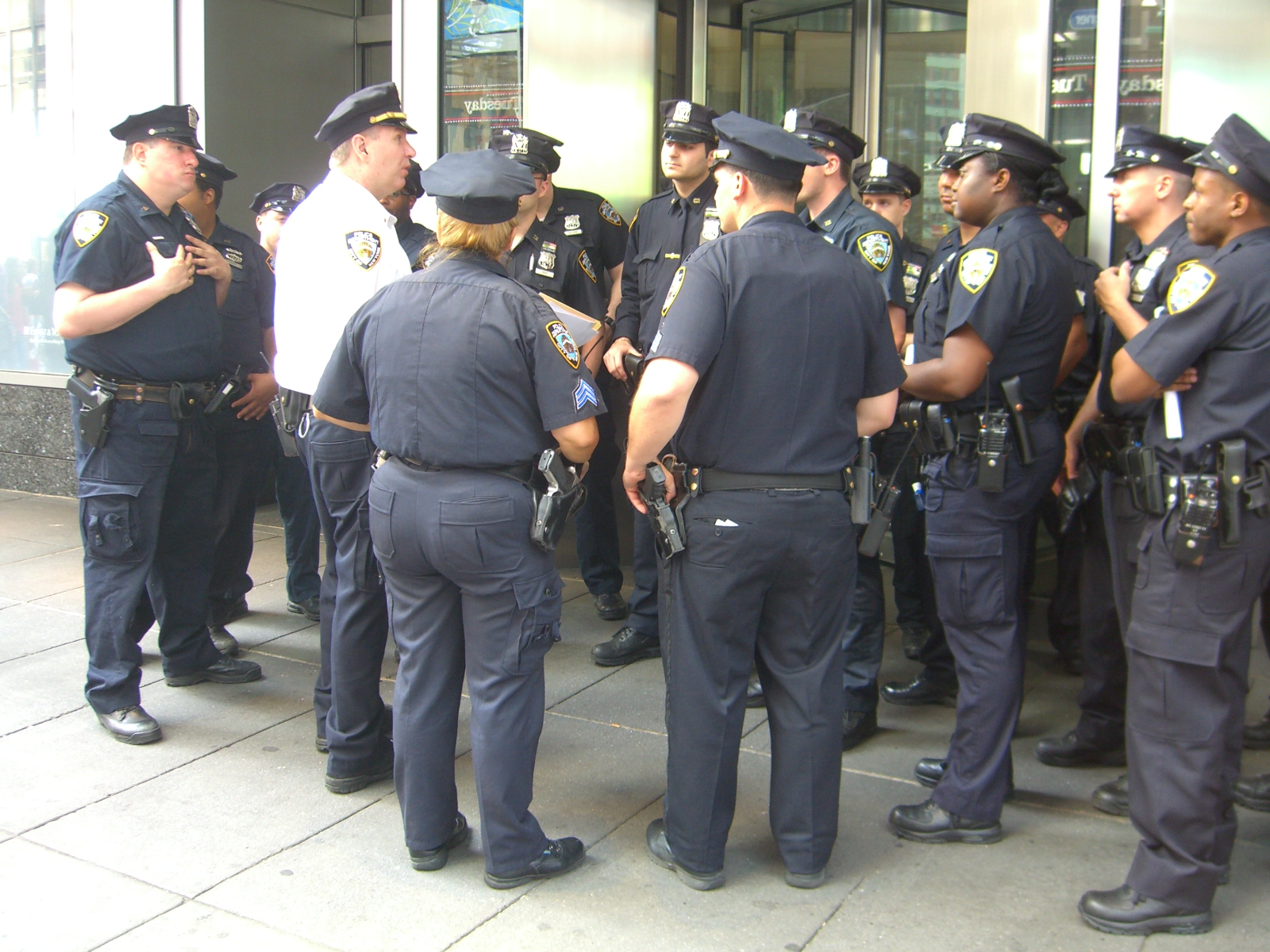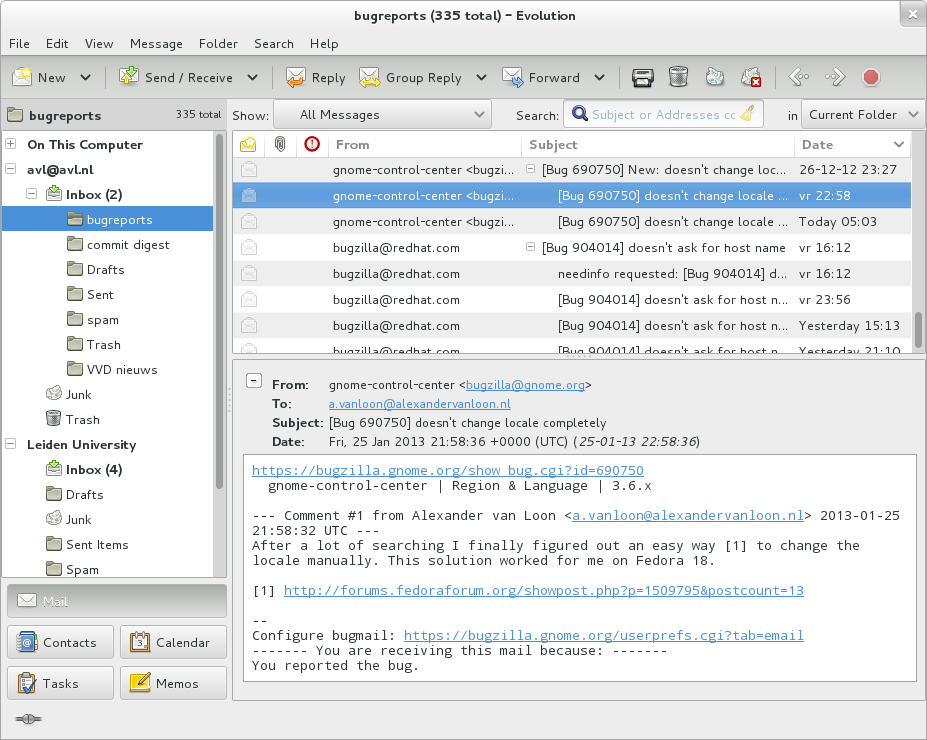|
RAIDS Online
RAIDS Online is a free public crime map developed by BAIR Analytics. It aims to reduce information requests and improve trust between law enforcement entities and their public with data accuracy and transparency. The map enables users to view nearby crime activity. Users can choose different data layers to see how demographics and socio-economic factors affect crime. Citizens or neighborhood watch groups can sign up for reports on their areas of activity. Development *Free RAIDS Online iPhone mobile app Features *Automated data feed *Works with any RMS/CAD *Integrated tips *User guide *Data management for admins *Email alerts *Basic analytics *Embeddable widget for website *unlimited historic data *Hotspot maps *Free web tips *Proximity search *Data grid view of data *Temporal topology chart *Metadata/data transparency *Accuracy *Ability to upload data on any schedule See also * Crime mapping Crime mapping is used by analysts in law enforcement agencies to map, visu ... [...More Info...] [...Related Items...] OR: [Wikipedia] [Google] [Baidu] |
Crime Map
Crime mapping is used by analysts in law enforcement agencies to map, visualize, and analyze crime incident patterns. It is a key component of crime analysis and the CompStat policing strategy. Mapping crime, using Geographic Information Systems (GIS), allows crime analysts to identify crime hot spots, along with other trends and patterns. Overview Using GIS, crime analysts can overlay other datasets such as census demographics, locations of pawn shops, schools, etc., to better understand the underlying causes of crime and help law enforcement administrators to devise strategies to deal with the problem. GIS is also useful for law enforcement operations, such as allocating police officers and dispatching to emergencies. Underlying theories that help explain spatial behavior of criminals include environmental criminology, which was devised in the 1980s by Patricia and Paul Brantingham, routine activity theory, developed by Lawrence Cohen and Marcus Felson and originally pu ... [...More Info...] [...Related Items...] OR: [Wikipedia] [Google] [Baidu] |
Law Enforcement
Law enforcement is the activity of some members of government who act in an organized manner to enforce the law by discovering, deterring, rehabilitating, or punishing people who violate the rules and norms governing that society. The term encompasses police, courts, and corrections. These three components may operate independently of each other or collectively, through the use of record sharing and mutual cooperation. The concept of law enforcement dates back to ancient times, and forms of law enforcement and police have existed in various forms across many human societies. Modern state legal codes use the term peace officer, or law enforcement officer, to include every person vested by the legislating state with police power or authority; traditionally, anyone sworn or badged, who can arrest any person for a violation of criminal law, is included under the umbrella term of law enforcement. Although law enforcement may be most concerned with the prevention and punishme ... [...More Info...] [...Related Items...] OR: [Wikipedia] [Google] [Baidu] |
Data
In the pursuit of knowledge, data (; ) is a collection of discrete values that convey information, describing quantity, quality, fact, statistics, other basic units of meaning, or simply sequences of symbols that may be further interpreted. A datum is an individual value in a collection of data. Data is usually organized into structures such as tables that provide additional context and meaning, and which may themselves be used as data in larger structures. Data may be used as variables in a computational process. Data may represent abstract ideas or concrete measurements. Data is commonly used in scientific research, economics, and in virtually every other form of human organizational activity. Examples of data sets include price indices (such as consumer price index), unemployment rates, literacy rates, and census data. In this context, data represents the raw facts and figures which can be used in such a manner in order to capture the useful information out of i ... [...More Info...] [...Related Items...] OR: [Wikipedia] [Google] [Baidu] |
Crime
In ordinary language, a crime is an unlawful act punishable by a state or other authority. The term ''crime'' does not, in modern criminal law, have any simple and universally accepted definition,Farmer, Lindsay: "Crime, definitions of", in Cane and Conoghan (editors), '' The New Oxford Companion to Law'', Oxford University Press, 2008 (), p. 263Google Books). though statutory definitions have been provided for certain purposes. The most popular view is that crime is a category created by law; in other words, something is a crime if declared as such by the relevant and applicable law. One proposed definition is that a crime or offence (or criminal offence) is an act harmful not only to some individual but also to a community, society, or the state ("a public wrong"). Such acts are forbidden and punishable by law. The notion that acts such as murder, rape, and theft are to be prohibited exists worldwide. What precisely is a criminal offence is defined by the criminal law o ... [...More Info...] [...Related Items...] OR: [Wikipedia] [Google] [Baidu] |
Demographics
Demography () is the statistical study of populations, especially human beings. Demographic analysis examines and measures the dimensions and dynamics of populations; it can cover whole societies or groups defined by criteria such as education, nationality, religion, and ethnicity. Educational institutions usually treat demography as a field of sociology, though there are a number of independent demography departments. These methods have primarily been developed to study human populations, but are extended to a variety of areas where researchers want to know how populations of social actors can change across time through processes of birth, death, and migration. In the context of human biological populations, demographic analysis uses administrative records to develop an independent estimate of the population. Demographic analysis estimates are often considered a reliable standard for judging the accuracy of the census information gathered at any time. In the labo ... [...More Info...] [...Related Items...] OR: [Wikipedia] [Google] [Baidu] |
Socio-economic
Socioeconomics (also known as social economics) is the social science that studies how economic activity affects and is shaped by social processes. In general it analyzes how modern societies progress, stagnate, or regress because of their local or regional economy, or the global economy. Overview “Socioeconomics” is sometimes used as an umbrella term for various areas of inquiry. The term “social economics” may refer broadly to the "use of economics in the study of society". More narrowly, contemporary practice considers behavioral interactions of individuals and groups through social capital and social "markets" (not excluding, for example, sorting by marriage) and the formation of social norms. In the relation of economics to social values. A distinct supplemental usage describes social economics as "a discipline studying the reciprocal relationship between economic science on the one hand and social philosophy, ethics, and human dignity on the other" toward ... [...More Info...] [...Related Items...] OR: [Wikipedia] [Google] [Baidu] |
Neighborhood Watch
A neighborhood watch or neighbourhood watch (see spelling differences), also called a crime watch or neighbourhood crime watch, is an organized group of civilians devoted to crime and vandalism prevention within a neighborhood. The aim of neighborhood watch includes educating residents of a community on security and safety and achieving safe and secure neighborhoods. However, when a criminal activity is suspected, members are encouraged to report to authorities, and not to intervene. In the United States, neighborhood watch builds on the concept of a ''town watch'' from Colonial America. Organization A neighborhood watch may be organized as its own group or may simply be a function of a neighborhood association or other community association. Neighborhood watches are not vigilante organizations. When suspecting criminal activities, members are encouraged to contact authorities and not to intervene. Other programs similar to Neighborhood Watch include Operation Identif ... [...More Info...] [...Related Items...] OR: [Wikipedia] [Google] [Baidu] |
Data Feed
Data feed is a mechanism for users to receive updated data from data sources. It is commonly used by real-time applications in point-to-point settings as well as on the World Wide Web. The latter is also called web feed. News feed is a popular form of web feed. RSS feed makes dissemination of blogs easy. Product feeds play increasingly important role in e-commerce and internet marketing, as well as news distribution, financial markets, and cybersecurity. Data feeds usually require structured data that include different labelled fields, such as "title" or "product". Data feed formats * RSS 1.0, 2.0 * Atom feed * RDF feed * Comma-separated values (CSV) * JSON * XML Emerging semantic data feed The Web is evolving into a web of data or Semantic Web. Data will be encoded by Semantic Web languages like RDF or OWL according to many experts' visions. So, it is not difficult to envision data feeds will be also in the form of RDF or OWL. A big advantage of providing semantic data feeds, ... [...More Info...] [...Related Items...] OR: [Wikipedia] [Google] [Baidu] |
Data Management
Data management comprises all disciplines related to handling data as a valuable resource. Concept The concept of data management arose in the 1980s as technology moved from sequential processing (first punched cards, then magnetic tape) to random access storage. Since it was now possible to store a discrete fact and quickly access it using random access disk technology, those suggesting that data management was more important than business process management used arguments such as "a customer's home address is stored in 75 (or some other large number) places in our computer systems." However, during this period, random access processing was not competitively fast, so those suggesting "process management" was more important than "data management" used batch processing time as their primary argument. As application software evolved into real-time, interactive usage, it became obvious that both management processes were important. If the data was not well defined, the data ... [...More Info...] [...Related Items...] OR: [Wikipedia] [Google] [Baidu] |
Email
Electronic mail (email or e-mail) is a method of exchanging messages ("mail") between people using electronic devices. Email was thus conceived as the electronic ( digital) version of, or counterpart to, mail, at a time when "mail" meant only physical mail (hence '' e- + mail''). Email later became a ubiquitous (very widely used) communication medium, to the point that in current use, an email address is often treated as a basic and necessary part of many processes in business, commerce, government, education, entertainment, and other spheres of daily life in most countries. ''Email'' is the medium, and each message sent therewith is also called an ''email.'' The term is a mass noun. Email operates across computer networks, primarily the Internet, and also local area networks. Today's email systems are based on a store-and-forward model. Email servers accept, forward, deliver, and store messages. Neither the users nor their computers are required to be online simu ... [...More Info...] [...Related Items...] OR: [Wikipedia] [Google] [Baidu] |
Widget (GUI)
A graphical widget (also graphical control element or control) in a graphical user interface is an element of interaction, such as a button or a scroll bar. Controls are software components that a computer user interacts with through direct manipulation to read or edit information about an application. User interface libraries such as Windows Presentation Foundation, Qt, GTK, and Cocoa, contain a collection of controls and the logic to render these. Each widget facilitates a specific type of user-computer interaction, and appears as a visible part of the application's GUI as defined by the theme and rendered by the rendering engine. The theme makes all widgets adhere to a unified aesthetic design and creates a sense of overall cohesion. Some widgets support interaction with the user, for example labels, buttons, and check boxes. Others act as containers that group the widgets added to them, for example windows, panels, and tabs. Structuring a user interface with widg ... [...More Info...] [...Related Items...] OR: [Wikipedia] [Google] [Baidu] |




